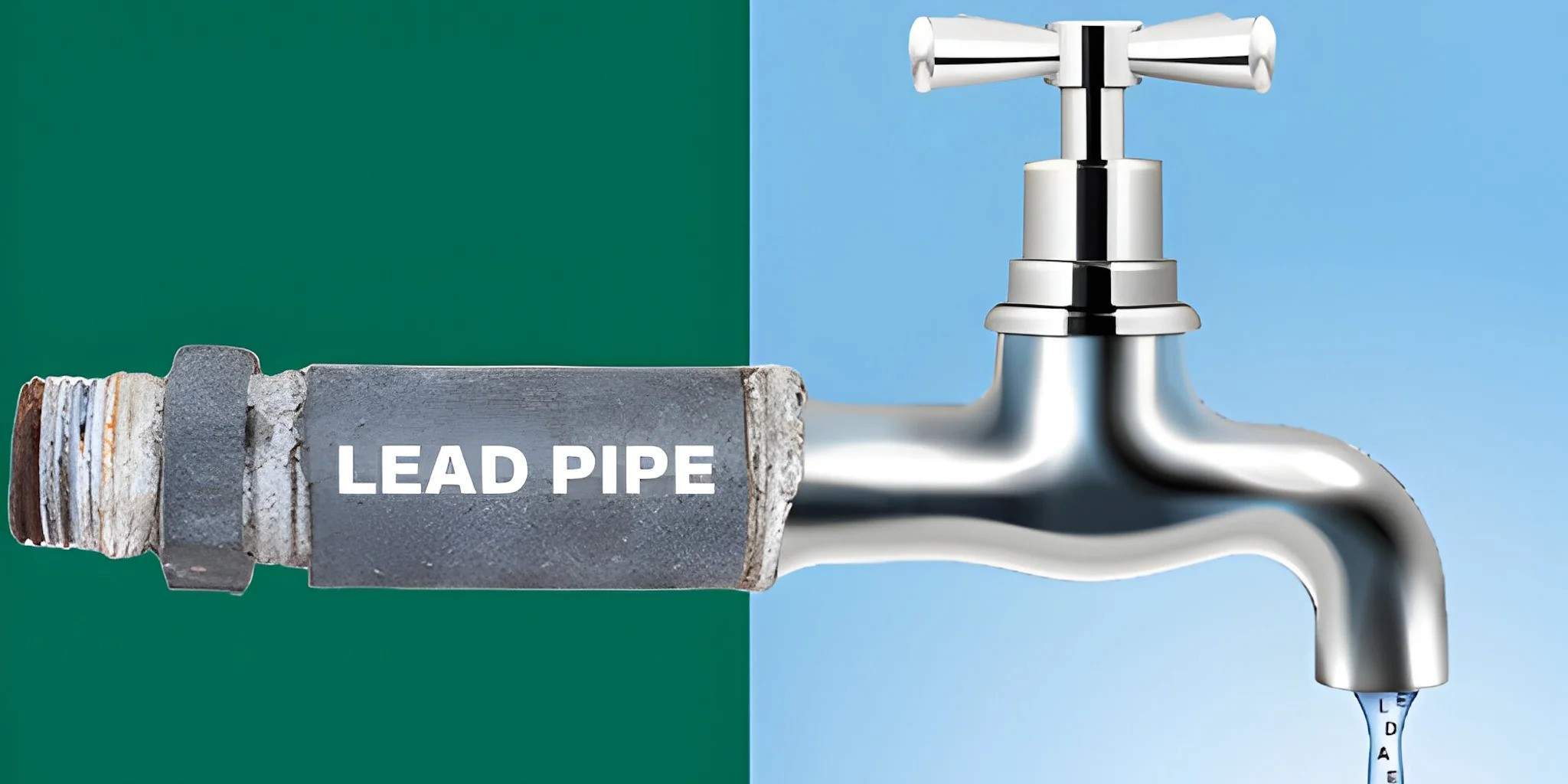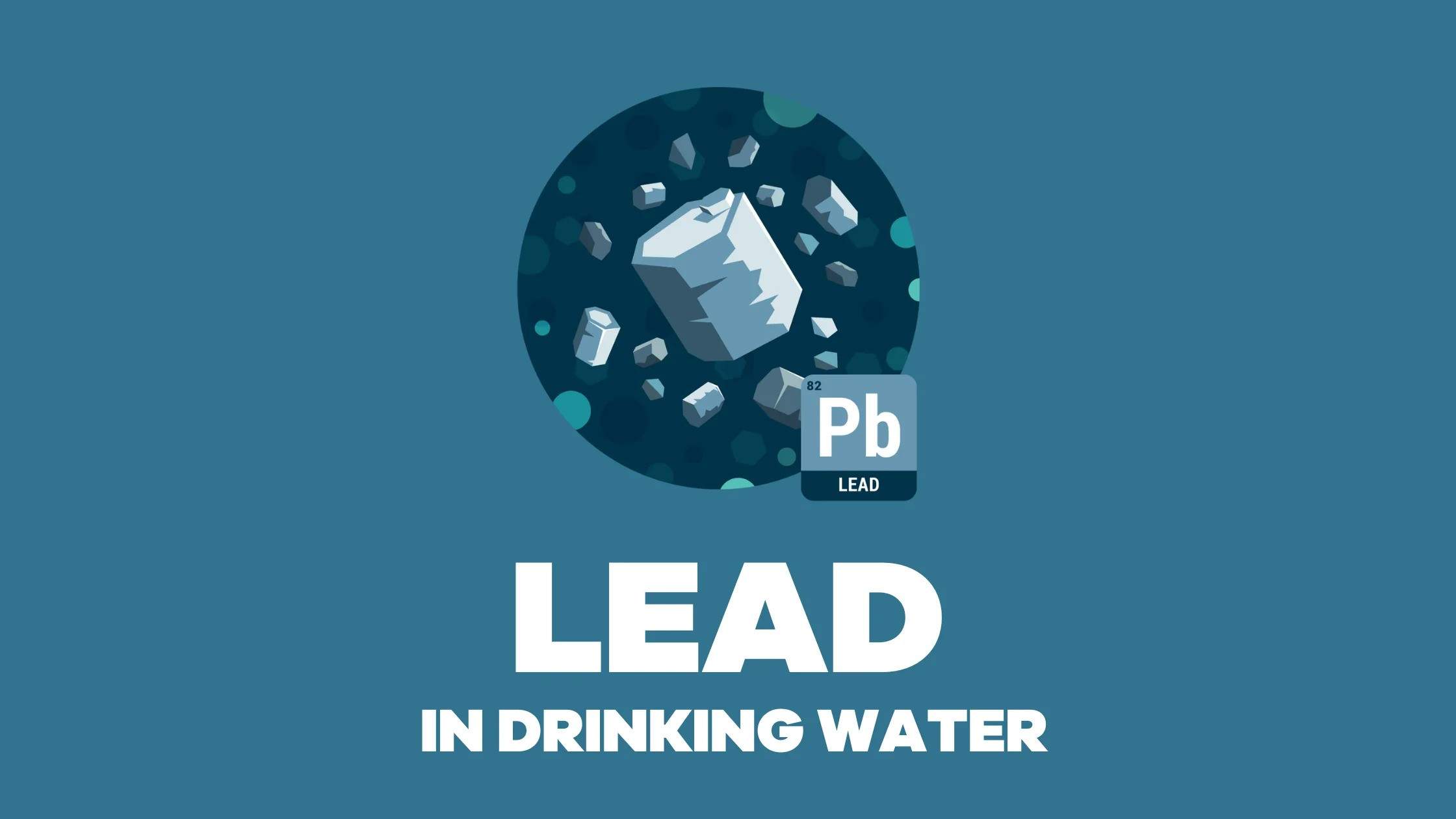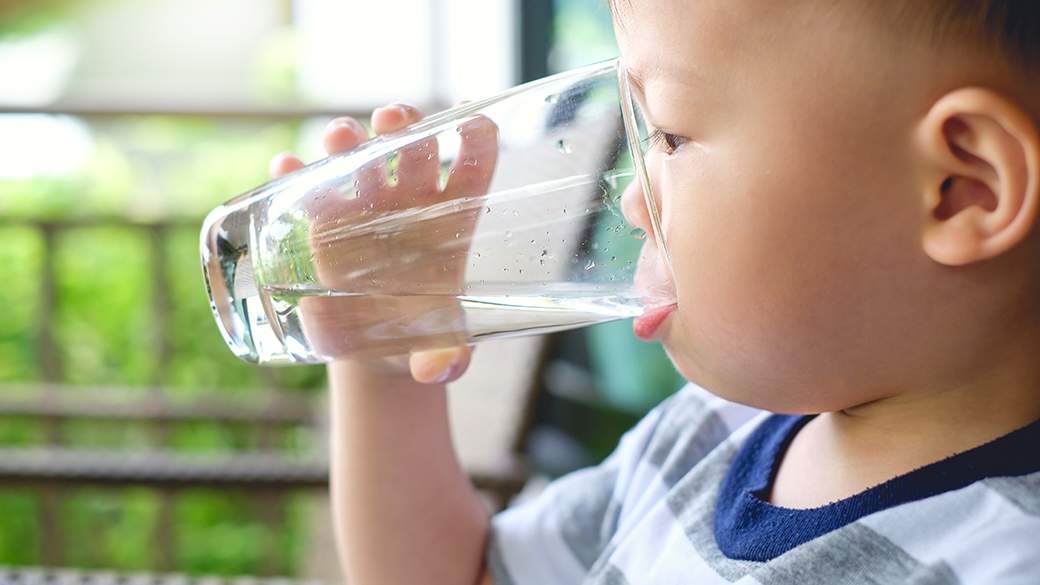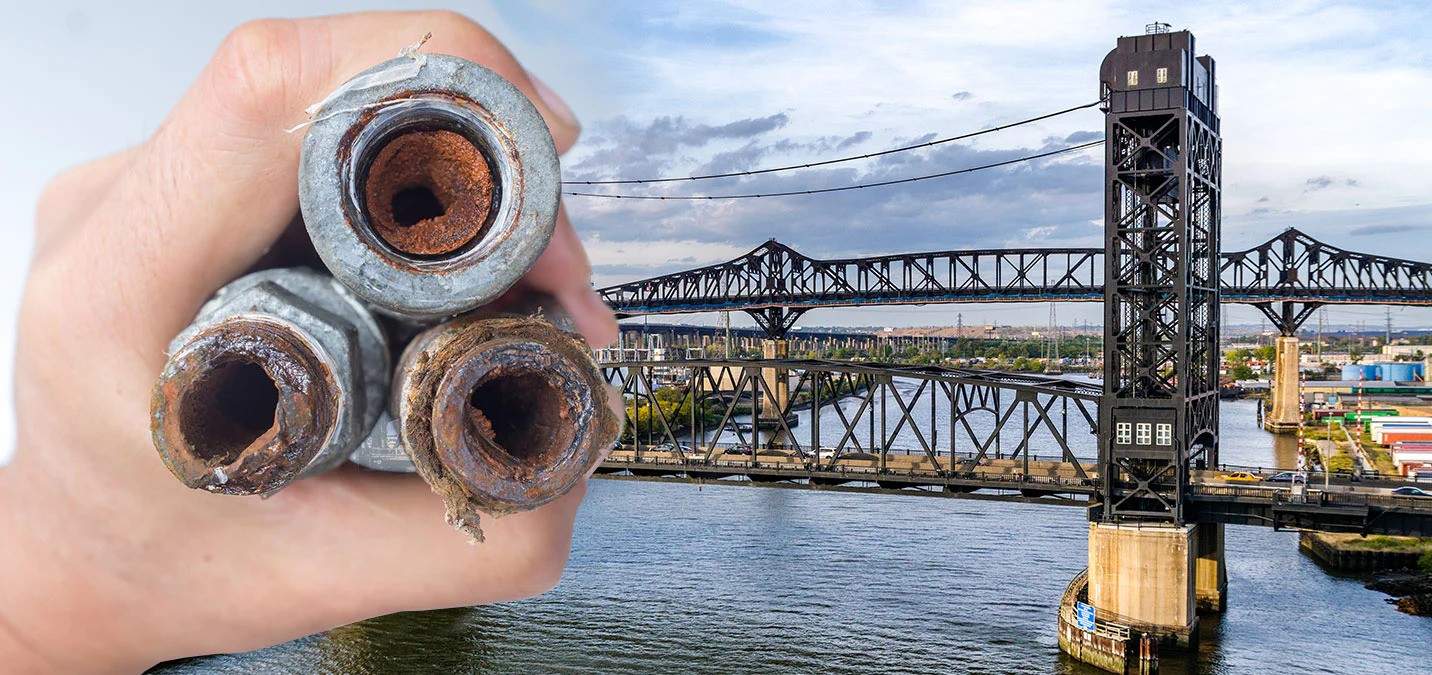Making your water lead-free is essential for maintaining your health and well-being, especially with growing concerns about water contamination.
Understanding the Dangers of Lead in Drinking Water
Lead is a toxic metal that can infiltrate drinking water through corroded plumbing systems, lead service lines, or older household fixtures. Even small amounts of lead exposure can cause severe health issues, particularly for children and pregnant women. Health effects include:
- Developmental Issues in Children: Lead exposure can impair cognitive development, decrease IQ, and cause behavioral problems.
- Cardiovascular and Kidney Problems in Adults: Prolonged exposure can increase blood pressure and damage kidneys.
- Reproductive Health Risks: Lead can affect fertility and increase the risk of complications during pregnancy.
Given these risks, it is vital to take proactive steps to ensure your water is lead-free.

Proven Tips to Remove Lead from Drinking Water
1. Identify the Source of Lead Contamination
Start by determining if your water contains lead. You can:
- Check Your Water Source: Public water systems often provide annual water quality reports (Consumer Confidence Reports).
- Test Your Water: Use a lead water testing kit or hire a professional service to analyze lead levels.
If your home was built before 1986, there’s a higher chance of lead plumbing materials being present.
2. Flush Your Plumbing System
If water has been sitting in the pipes for several hours, lead levels may accumulate. To minimize exposure:
- Run Cold Water: Let your tap run for 1–2 minutes before use, especially in the morning or after periods of inactivity.
- Avoid Using Hot Water for Cooking or Drinking: Hot water can dissolve lead more easily from pipes and fixtures.

3. Use Certified Waterdrop Filters
Invest in water filters certified to remove lead. Look for certifications like NSF/ANSI Standard 53 or 58, which ensure the filter is effective for lead reduction. Common options include:
- Pitcher Filters: Affordable and portable, but may require frequent replacements.
- Under-Sink Filters: Provide a higher filtration capacity, ideal for larger households.
- Reverse Osmosis Systems: Highly effective at removing lead and other contaminants, offering comprehensive water purification.
4. Replace Lead Plumbing Components
Eliminating lead at the source is the most effective long-term solution. This may involve:
- Replacing Lead Pipes: Work with a plumber to identify and replace lead service lines.
- Upgrading Faucets and Fixtures: Use lead-free plumbing fixtures, which are now standard under federal regulations.
Though this option may be costly, many communities offer subsidies or grants to help homeowners replace outdated plumbing.
5. Consider Bottled Water During High-Risk Periods
If lead levels are dangerously high and immediate solutions are unavailable, opt for bottled water certified as lead-free for drinking and cooking.
Additional Measures for Long-Term Safety

Educate Your Household on Lead Risks
Ensure all members of your household understand the importance of using filtered or flushed water for drinking and cooking. Awareness is key to preventing accidental exposure.
Stay Updated on Local Water Quality Reports
Municipal water systems provide annual updates on water quality. Monitoring these reports can help you stay informed about potential contamination risks in your area.
Install Whole-House Waterdrop Filtration Systems
For comprehensive water safety, consider a whole-house filtration system. These systems treat water at the point of entry, removing contaminants from all taps, showers, and appliances.
Advocate for Community Action
Join local initiatives advocating for infrastructure upgrades, such as replacing aging lead service lines in your area. Community efforts can lead to lasting changes in water quality.

Why Taking Action Matters
Lead contamination in drinking water is a preventable public health issue. By combining immediate solutions like flushing and filtering with long-term strategies such as replacing plumbing and advocating for community improvements, you can significantly reduce your exposure to lead and protect your family’s health.
For more information on water filtration solutions, visit Waterdrop. Take charge of your water quality today and ensure a lead-free future for your household!

